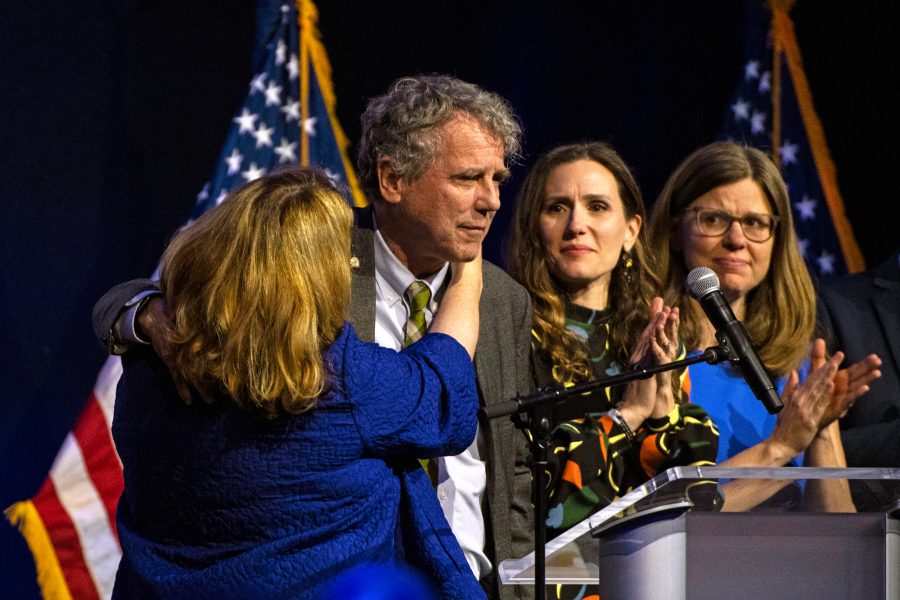Most Countries are Falling Short of Their Promises to Stop Cutting Down the World’s Trees
Despite the urgency behind global pledges to stop cutting down trees and damaging forests, the world lost tens of millions of acres of woodlands in 2022, veering well off track from meeting targets to halt deforestation and reversing modest progress from the previous year.
Last year, 6.6 million hectares, or more than 16 million acres of land, was deforested worldwide. Of that, more than 4.1 million hectares, or more than 10 million acres—an area larger than Massachusetts and New Jersey combined—was primary forest.
“These are the irreplaceable, old-growth forests, which are priceless,” said Erin Matson, a senior consultant at Climate Focus, a think tank based in Amsterdam.
On Monday, a coalition of research groups, including Climate Focus, published a review of countries’ progress toward meeting goals enshrined in two major deforestation agreements: The New York Declaration on Forests of 2014 and the Glasgow Leaders Declaration of Forest and Land Use, agreed to in 2021. Both share the target of stopping deforestation globally in 6 years.
“That 2030 goal is not just nice to have. It’s essential for maintaining a livable climate for humanity,” Matson said, noting that the 2022 rate of deforestation was 21 percent higher than it should have been to maintain any hope of achieving the goal.
The annual assessment focused not just on forest loss, but on the equally serious problem of forest degradation—especially in the northern hemisphere, including the U.S., Europe and Canada, where wholescale deforestation is not as prevalent as it is in tropical forests, but logging and wildfire still inflict massive damage.
“We hardly ever talk about the fact that forests in these regions, and in every world region, are not just being cleared, but where they are still standing, they’re losing carbon, losing structural integrity, losing biodiversity,” Matson explained, describing forest degradation.
Developed economies in Europe and the U.S. and some emerging economies, including China, also “import” deforestation by buying vast quantities of soy, timber, beef and palm oil from countries, especially in the tropics, where those industries are continuing to drive the loss of forests.
The report, which has been published every year since 2015, takes especially sharp aim at global financial institutions and governments that continue to support companies complicit in forest destruction.
A separate global analysis found that private financial institutions loaned or invested $6.1 trillion in “forest-risk” companies—largely agricultural companies that depend on forests and forested land to make their products. That figure dwarfs the estimated $2.2 billion spent annually in public finance dedicated to restoring or maintaining forests.
“That’s an absolutely enormous gap and it means starting difficult conversations now about addressing things like potentially environmentally harmful subsidies,” said Mary Gagen, a chief advisor on forests for the World Wildlife Fund-UK.
In a recent press conference with reporters, the report’s authors also pointed to trade agreements as drivers of forest loss: When trade agreements between countries are inked, deforestation usually spikes.
“Often we see deforestation in a country go up after a trade agreement is adopted, but that is avoidable,” said Darragh Conway, one of the assessment’s lead authors, noting that safeguards within these agreements could offset the deforestation they can cause.
Conway and his co-authors also pointed to some good news in an otherwise gloomy picture.
Of the 141 countries that have agreed to the Glasgow deforestation pledge, more than 50 are on track to eliminate deforestation by 2030. Some notable highlights include Indonesia and Malaysia, the report said.
The authors also noted the lowering rates of deforestation in the Brazilian Amazon and a recently adopted policy in the European Union requiring that products including soy, beef, timber and palm oil that are sold in its markets are deforestation-free.
“It comes back to a fundamental valuation of forest[s] and how you incentivize and disincentivize their use and management,” Matson said, pointing to the positive development of the new EU policy. “If you look at the fundamentals of how forests are valued and not just for carbon, but for the other ecosystem services that they provide—for cultural heritage, for human wellbeing. If you run through the exercise of trying to value and put a price tag on that, it is huge and we need to reflect that value in our economic systems.”
Share this article
Disclaimer: The copyright of this article belongs to the original author. Reposting this article is solely for the purpose of information dissemination and does not constitute any investment advice. If there is any infringement, please contact us immediately. We will make corrections or deletions as necessary. Thank you.







